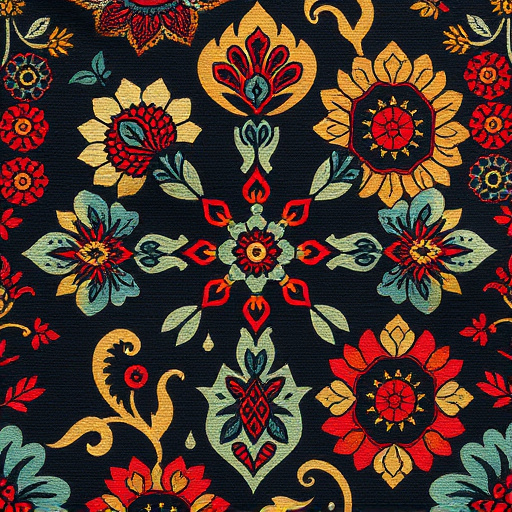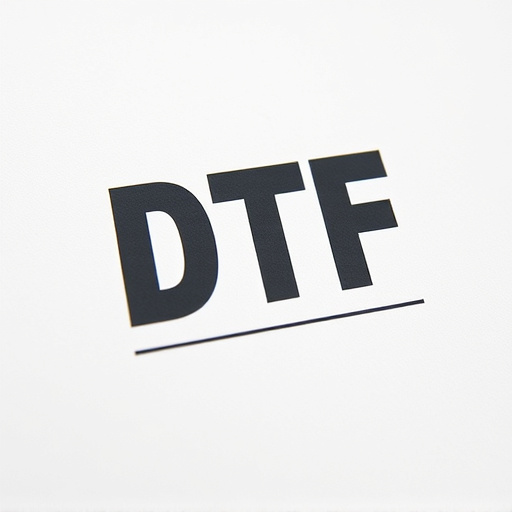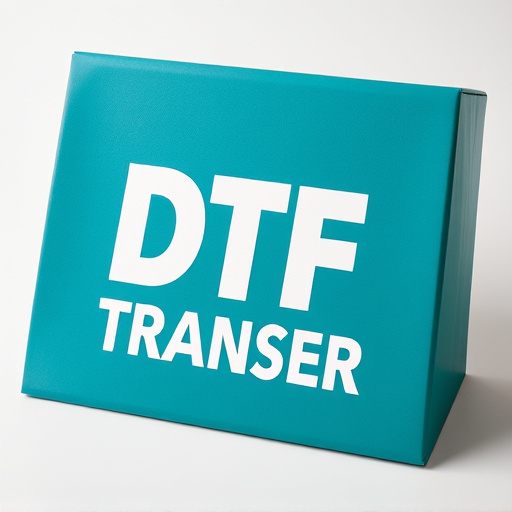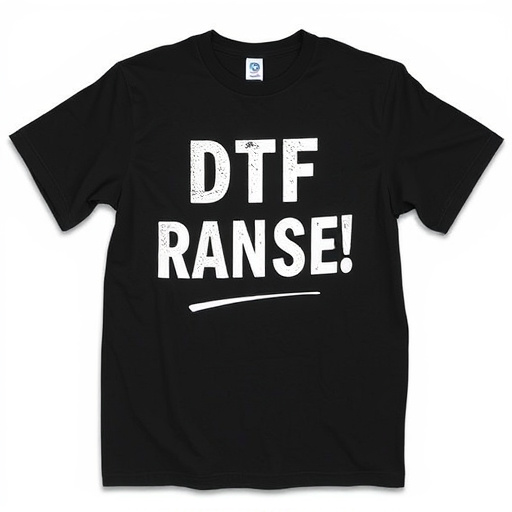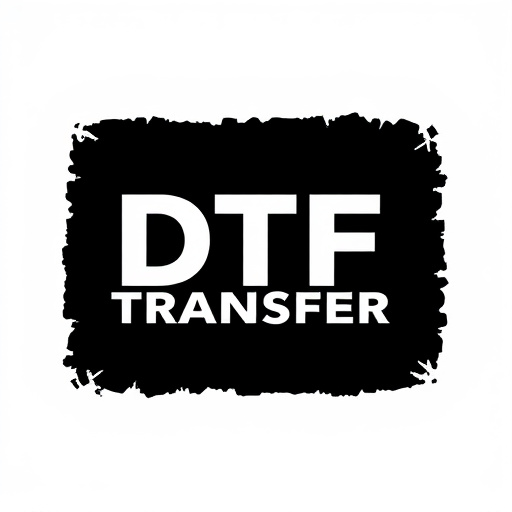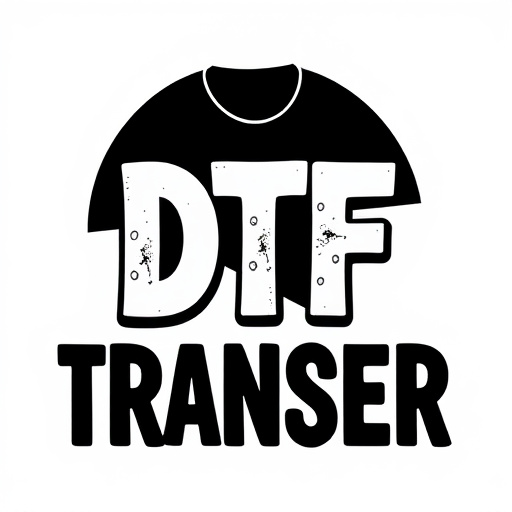Direct-to-Film (DTF) transfer is a modern printing technique that revolutionizes screen printing by applying ink directly to various surfaces using advanced technology. Offering faster turnaround times, vibrant colors, and intricate designs, DTF is ideal for small batches, custom orders, textiles, plastics, and metal. While traditional screen printing is known for its high-quality, detailed designs on larger production runs, DTF streamlines processes, reduces errors, and accommodates diverse ink types and substrates. The choice between DTF and traditional screen printing depends on print quality, cost, turnaround time, and material flexibility. DTF's versatility enables designers to create unique, visually striking products for outdoor displays, promotional items, and fashion.
In the realm of printing, Direct-to-Film (DTF) transfer has emerged as a game-changer, transforming the way we create designs on various surfaces. This modern approach challenges the traditional screen printing method, which has long been the industry standard. This article delves into the intricacies of both techniques, highlighting their key differences and exploring the advantages of DTF technology. From understanding the DTF transfer process to assessing its print quality, we’ll guide you through the evolution of printing methods, helping you choose the best fit for your needs.
- Understanding Direct-to-Film (DTF) Transfer: A Modern Approach
- Traditional Screen Printing: The Classic Method
- Key Differences Between DTF and Screen Printing
- Advantages of Direct-to-Film Technology
- Considerations for Choosing Between DTF and Screen Printing
- Exploring DTF Prints: Applications and Quality Assessment
Understanding Direct-to-Film (DTF) Transfer: A Modern Approach
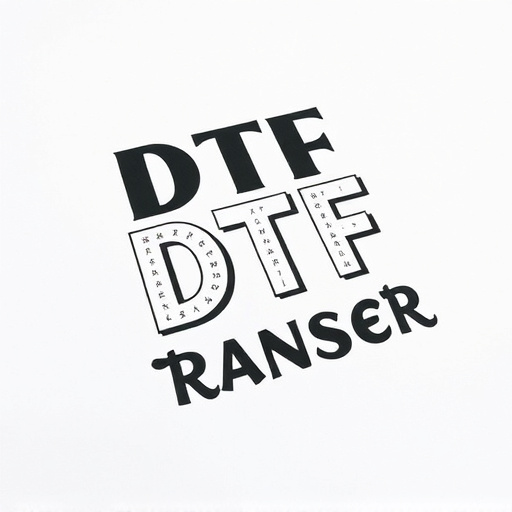
Direct-to-Film (DTF) transfer is a modern printing approach that has been revolutionizing the screen printing industry. Unlike traditional screen printing methods, where ink is pushed through a mesh onto a substrate, DTF employs a unique process. It involves applying a thin film of ink directly onto the surface of the material using advanced printing technology. This method is particularly advantageous for creating intricate designs and prints on various surfaces, including fabric, wood, metal, and more.
The appeal of DTF lies in its ability to produce high-quality, vibrant prints with exceptional detail. It offers a faster turnaround time compared to traditional screen printing, making it an efficient choice for bulk orders and on-demand production. Additionally, DTF transfer is versatile, accommodating a wide range of ink types and substrate materials, which makes it suitable for both commercial and personal projects.
Traditional Screen Printing: The Classic Method
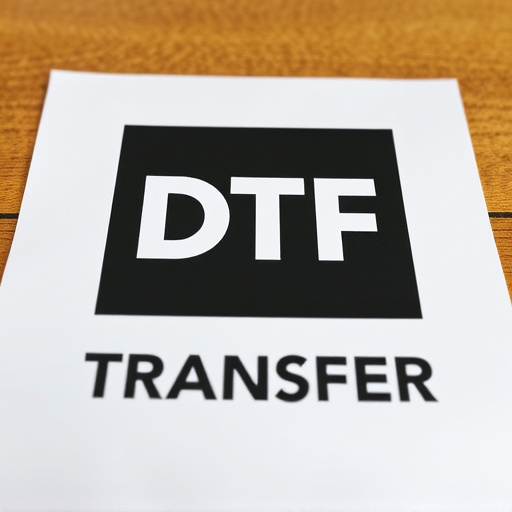
Traditional screen printing is a classic method that has been used for decades to create high-quality prints on various surfaces. This process involves setting up a screen, typically made of silk or synthetic materials, with a design or image. Ink is then pushed through the screen onto the substrate below, creating a sharp and detailed print. The technique requires skill and precision, ensuring that each layer of ink is precisely placed to build up the desired design. It’s a versatile method used for everything from t-shirts and posters to signs and even fine art prints.
In the traditional approach, designers work with specific screens for each design, which can be time-consuming and limit the number of identical prints that can be produced. However, it offers exceptional durability and vibrancy in colors, making it a preferred method for many print shops and artists who value the timeless quality of screen-printed DTF transfers and prints.
Key Differences Between DTF and Screen Printing
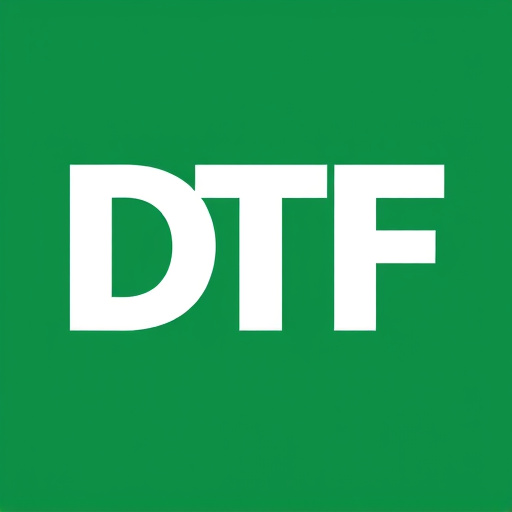
Direct-to-film (DTF) and traditional screen printing are two distinct methods for creating prints on various surfaces. One of the key differences lies in their approach to the design transfer process. DTF involves transferring an image from a film or digital source directly onto the target material using heat and pressure, resulting in high-quality DTF prints. This method is particularly appealing due to its efficiency, as it eliminates the need for setting up individual screens for each print. It’s ideal for small batches or custom orders where speed and convenience are essential.
In contrast, traditional screen printing employs a stenciling technique where ink is pushed through a fine mesh onto the substrate. This method requires careful preparation of the screen, including creating a stencil that allows ink to pass through specific areas, thereby producing designs on the material. While it offers excellent durability and vibrant colors, screen printing is more time-consuming and typically better suited for larger production runs or when creating complex artwork with fine details.
Advantages of Direct-to-Film Technology
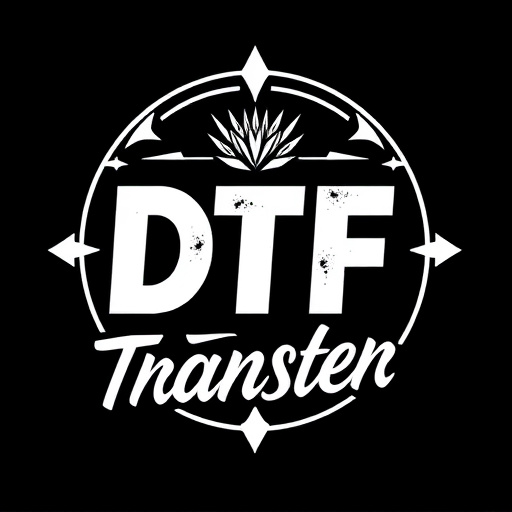
Direct-to-film (DTF) technology offers several advantages over traditional screen printing methods. One of its key benefits is speed and efficiency. DTF transfers can be printed directly onto various materials, including textiles and plastics, without the need for separate screens or plates. This streamlined process significantly reduces production time, making it an ideal choice for businesses aiming to meet rapid demand. Moreover, DTF technology allows for a wider range of design possibilities with its ability to print on unconventional surfaces and complex shapes.
Another advantage is the superior quality and detail of DTF prints. The advanced printing techniques used in DTF transfers ensure vibrant colors and crisp, fine lines, resulting in visually appealing and long-lasting designs. Additionally, DTF technology eliminates the need for multiple printing stages or post-processing steps, reducing potential errors and improving overall consistency in production.
Considerations for Choosing Between DTF and Screen Printing

When deciding between direct-to-film (DTF) and traditional screen printing, several key factors come into play. One of the primary considerations is the desired print quality and resolution. DTF transfers offer high-definition results, making them ideal for intricate designs and detailed images. This method also allows for a smoother finish, ensuring that prints are free from the dot patterns often visible in screen printing.
Cost and turnaround time are another important aspect. DTF printing can be more economical for smaller orders or single-color designs as it eliminates the need for setting up a screen. However, for larger projects with multiple colors, traditional screen printing might prove more cost-effective due to its setup efficiency and ability to produce consistent results across runs. Additionally, screen printing offers greater flexibility in terms of ink types and substrate choices, making it suitable for various materials and special effects.
Exploring DTF Prints: Applications and Quality Assessment

Direct-to-film (DTF) printing has emerged as a modern approach in the screen printing industry, offering unique advantages for specific applications. DTF transfers allow for high-quality prints on various materials, including textiles, plastics, and even metal. This method involves transferring ink from a film onto the target surface without the need for traditional screen preparation. As a result, DTF printing is incredibly versatile, enabling designers and printers to create intricate and detailed designs with precision.
When assessing the quality of DTF prints, several factors come into play. The first is color accuracy; DTF transfers provide vibrant and precise colors, ensuring the final product matches the desired design perfectly. Additionally, these prints offer excellent durability, making them suitable for outdoor signage, promotional items, and even fashion garments. The ability to print on different substrates opens up a world of possibilities for creators, allowing them to experiment with various materials and create unique, visually appealing products.







